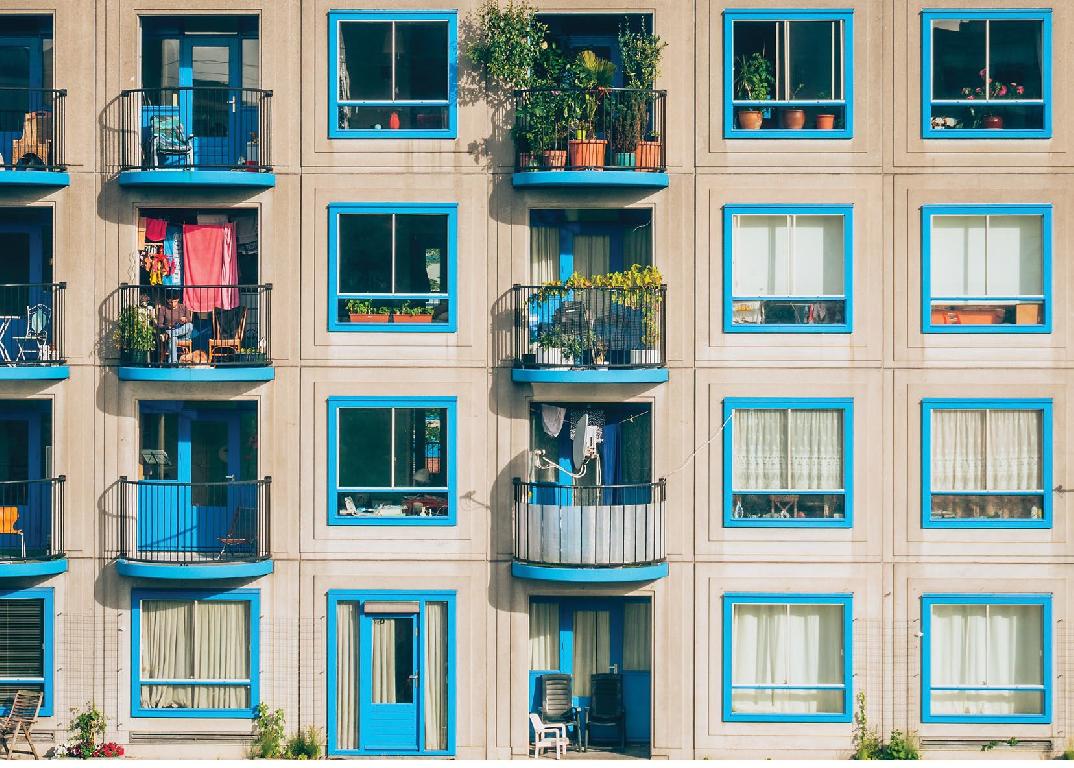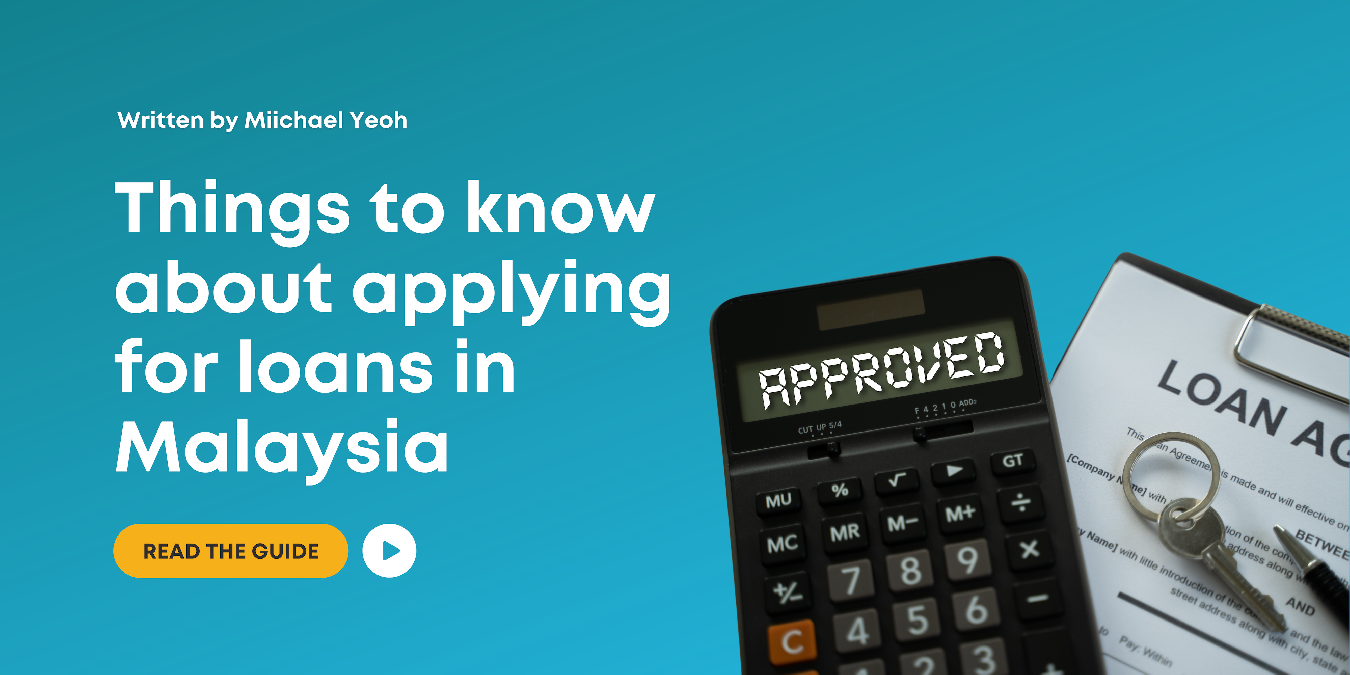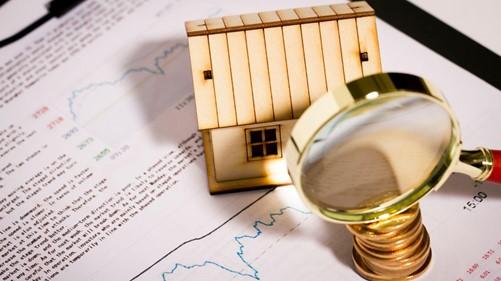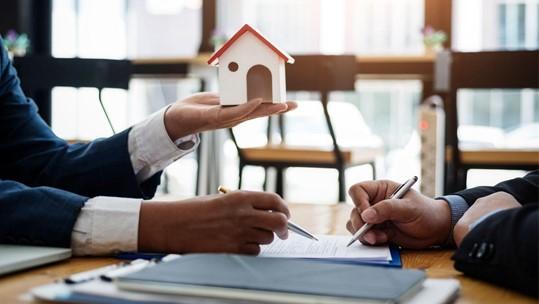So, you're finally taking the next step in your adult life: moving out of your family home and into your new rented apartment. It's a good start towards independence and a good warm-up to get you ready for (gasp!) mortgage in the future. Although not as big a commitment as a mortgage, renting a property is just a big responsibility as any, especially if you're renting alone and with none to split the expenses with. Here is where working out a good rental budget play a crucial park. Read on as we show you how to draw a sensible rental budget and still have some money to spare for fun.
1. Figure Out Your Total Income Before drawing out a budget, you have to first figure out how much disposable income you have i.e. the sum of money you get to spend after setting aside money for bills and emergency savings. Knowing how much money you have will give you a clearer picture of how much you can afford to pay for the rental. It helps to also track your spending on a printable balance sheet in order to minimise unnecessary financial leaks.
2. Stick To The 25-35 Rule Ideally, how much you spend on rental should not exceed 25 to 35 percent of your disposable income. This means that, if your nett income (after tax, bills and savings) is RM3,000, your rental expenditure should not exceed a maximum of RM1,050. Bear in mind that this sum is inclusive of other expenditures, such as utilities (water, electricity, maintenance, etc.) and other household spendings.
3. Make Compromises Like anything else in life, working out your rental requires a good deal of weighing in pros and cons as well as making compromises. For instance, if you're looking to stay in a popular, more urban neighbourhood, be prepared to fork out more money on a rental. Alternatively, if you don't mind a longer commute and limited access to public amenities, there are better rental options in the suburban areas that are more suited to your budget.
4. Decide on Furnishing Rental prices are very much affected by the furnishing and facilities available in the respective properties. If you should decide that you could do fine with minimal furnishing and facilities like water heater and air conditioning, then you could very well spend more on a bigger property and/or look for a place in a more popular neighbourhood. Otherwise, you could opt for lower rent and choose to invest in furniture instead, which you can take with you when you have your own house.
5. Save Up For Two Months In Advanced Most landlords require a ‘1+1+utilities' payment upon signing a contract with a new tenant, which means that you would be required to pay one month of rental as a deposit, which is usually refunded when you decide to move out; plus one month of rental and utilities fee. This means that you will have to save up at least two to three months of rental payment before moving in. Also, don't forget that you will normally have to invest in one-time household purchases, such as a mop.
6. Go Through The Fine Print Some property rentals are pretty straightforward: a set lump sum to be paid each month to cover rent, utilities, management fee and other expenses. However, there are some landlords who still expect you to foot the management fee, property assessment tax, quit rent, utilities and other expenses on top of your monthly rent. In this case, make sure all terms and conditions have been fully understood and agreed upon before you sign the tenancy agreement/contract.
All done? Welcome to your new home!
.jpg)
_PH_Banner_(Desktop)(1200x180px).png)
.jpeg)


.png)


.jpg)
.png)

.jpg)
.jpeg)
